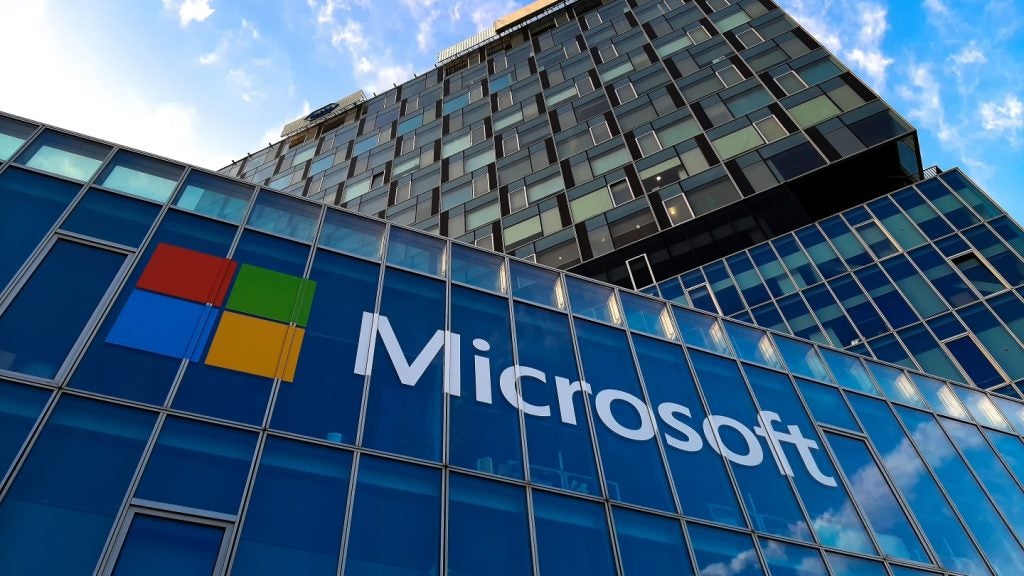
People have been talking about standalone 5G for years, but so far the technology hasn’t really been widely marketed yet. There are several reasons for that, according to analysts.
“Standalone 5G technology is really the next big evolution of 5G technology,” Emma Mohr-McClune, services director at GlobalData, says in a new podcast from the research firm.
Standalone 5G refers to 5G networks that do not overlay on top of existing 4G networks, which is how most 5G networks operate today.
By not piggybacking on existing 4G infrastructure, standalone 5G is unrestrained by the limitations of the previous generation of telecommunications technology. That means it can provide the high speeds and low-latency that 5G networks have always promised.
In other words, standalone 5G could provide what Mohr-McClune refers to as “the first true end-to-end 5G core capable network.”
So why haven’t standalone 5G been used in these companies’ marketing? If you look at the timeline of 5G development, it shows that while some progress has been made, promises to roll out standalone 5G networks have stalled.
How well do you really know your competitors?
Access the most comprehensive Company Profiles on the market, powered by GlobalData. Save hours of research. Gain competitive edge.

Thank you!
Your download email will arrive shortly
Not ready to buy yet? Download a free sample
We are confident about the unique quality of our Company Profiles. However, we want you to make the most beneficial decision for your business, so we offer a free sample that you can download by submitting the below form
By GlobalDataOnly 30 mobile network operators have launched a standalone 5G network worldwide, according to a GlobalData report.
Why is standalone 5G missing from operators’ services marketing?
The limited coverage of 5G has made it difficult to launch mass market campaigns.
“It’s hard to market something if people can’t get it. It requires a 5G enabled device,” said Charles Garrett, senior analyst at GlobalData in the same podcast. “Not all smart phones are 5G and lots of people would need a device upgrade.”
There are also no convincing use cases studies yet, meaning it’s much harder to use it in marketing campaigns. While it’s likely there are interesting use cases in the pipeline, operators can’t use them due to having oversold non-standalone 5G’s futuristic capabilities. It would simply be too embarrassing for them to change their tune now.
“Operators have to backtrack on earlier campaigns and admit that a lot of those promises were not going to be available for several years,” said Mohr-McClune. “Operators really don’t want to test their customer patience by apparently contradicting themselves.”
How can operators highlight standalone 5G benefits to customers?
Operators need to do more than market standalone 5G as simply faster than 4G networks.
“They [must] make references to service experience, network reliability, security benefits – all of the bonuses to consumers that are outside the ultra-fast speeds,” said Garrett. “They can pivot towards fixed wireless access. It’s going to be a very disruptive cord cutter solution and a lot of regions that have poor fiber availability, they are going to be able to offer broadband-like speeds for the very first time.”
They must also continue to actively engage with different ecosystems’ stakeholders, such as educational institutions and device manufactures to actively establish viable use cases.
“[This could be use cases in] augmented reality, cloud gaming, online education, and other immersive metaverse applications,” said Garrett.
What are the possible ESG benefits or are operators just ‘green washing’ users?
Standalone 5G can also provide environmental, social and governance (ESG) benefits to companies. For instance, it can help provide more efficient energy savings.
This can provide an especially attractive argument in times when Russia’s war in Ukraine has caused energy uncertainties and when climate change has caused massive heatwaves.
However, there is one big obstacle blocking the path towards being able to leverage the technology gain those ESG benefits: standalone 5G actually has to be rolled out.
“Standalone 5G has a good sustainability case, but the problem is [you can’t market it unless] you’ve got 100% coverage and 100% of your users have standalone 5G capable devices, and we’re not there yet,” said Mohr-McClune.
“When we talk about marketing green, there’s a lot of work to be done to ensure consumers have all the information to judge the veracity of that green case themselves.”






